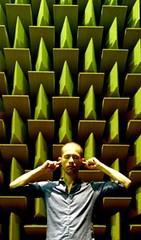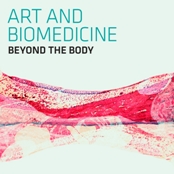Plato and Aristotle did it, Cicero did it, and many other classical authors too. Montaigne wrote a long essay on it, and Henry David Thoreau a whole book. Friendship is one of the perennial topics in the history of philosophical thought.
Some sociologists say that friendship relations have perhaps never been as strong as they are today, when individualism flourishes and traditional social institutions and solidarities have broken down, at least in Western societies.
Now, Western societies are also science-based societies — and science is an extremely individualist enterprise — ergo, one could expect friendship to be quite a pervasive kind of social relationship in science, technology and medicine, including biomedicine. In his autobiography (What Mad Pursuit, 1988) Francis Crick said that friendship was crucial for scientific collaboration: “certainly you have to be personal friends” (on p. 93).
Crick’s point is underlined by the ubiquitous references to friendship in book prefaces. In almost every book, in the humanities as well in the sciences, authors thank their colleagues and/or friends. And even if they may exaggerate, or include people they would never dream of having a really friendly relationship with, the ubiquity of the term ‘friend’ seem to reflect at least an widespread expectation that friendship in crucial for scholarship.
What has been written in history of science and science studies? The other day I searched through some of the standard book and article data bases (Arts & Humanities Citation Index and Google Scholar; and RLG’s Eureka for history of science) — and found almost nothing.
True, historians of science, technology and medicine have written quite a lot about concrete friendships, but I didn’t really find anything about friendship as a social or cultural category in the HoSTM- and STS-literature.
The only interesting item I did in fact find was one made in passing by veteran STS-scholar Evelyn Fox Keller who wrote in a memorial article to one of her old friends, mathematician Lee Segel, that in their case friendship came first: “work grew out of friendship, and gradually became the very medium of friendship” (E. F. Keller, “Science as a medium for friendship: How the Keller–Segel models came about”, Bulletin of Mathematical Biology, vol. 68, 1033–1037, 2006; on p. 1034).
Maybe there is a rich literature on friendship in science that I have missed in this preliminary literature search? But it may also be the case that friendship has been overlooked among historians of STM and STS scholars.
Maybe the general opinion corresponds to the naïve idea expressed by F.J. Ayala that “scientists are inclined to transcend ideology, nationality, friendship, monetary interest and other prejudices when the mettle of scientific knowledge is at stake” (“On the scientific method, its practice and pitfalls”, History and Philosophy of the Life Sciences, vol. 16, 205-240 1994).
That kind of naïvité has been surpassed when it comes to ideology, nationality and monetary interest, but may still be valid with respect to friendship. I don’t know. Does anyone have any good ideas?



